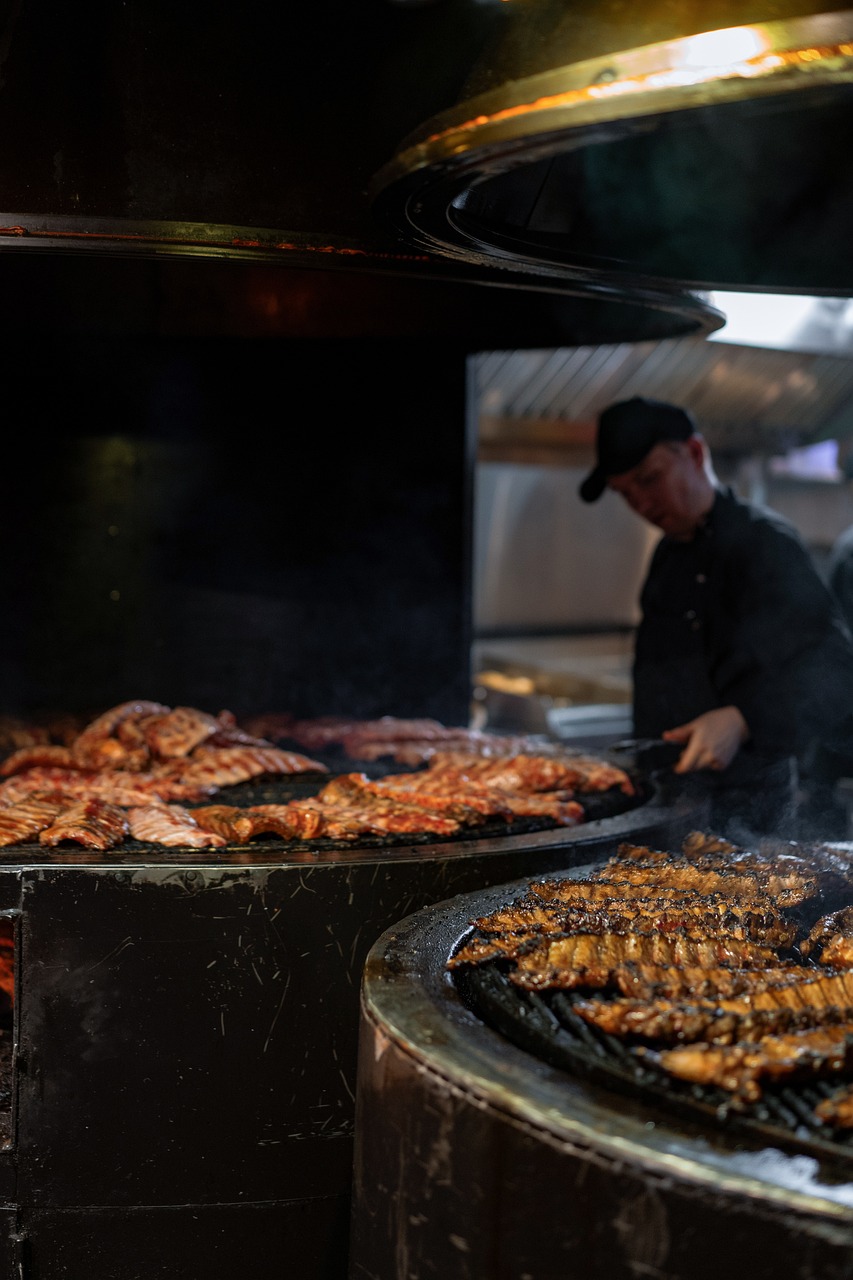
Restaurant Health and Safety Guidelines: Best Practices for a Safe Dining Experience
Ciprian Chiripuci

Ensuring a safe dining experience not only protects your customers but also enhances your restaurant's reputation and trustworthiness. With increasing concerns about foodborne illnesses and general cleanliness, adhering to health and safety guidelines is crucial for success. This comprehensive guide aims to provide restaurant owners and managers with essential health and safety guidelines, examples, benefits and best practices to maintain a safe and healthy environment for both customers and staff.
Table of Contents
- Importance of Restaurant Health and Safety
- Key Health and Safety Guidelines
- Examples
- Benefits of Following Health and Safety Guidelines
- Best Practices for Maintaining Health and Safety
- Conclusion
Importance of Restaurant Health and Safety
Protecting Customers and Staff
The primary goal of restaurant health and safety guidelines is to protect customers and staff from foodborne illnesses, injuries and accidents. By implementing proper hygiene practices, sanitization procedures and food handling techniques, restaurants can significantly reduce the risk of contamination and ensure a safe dining environment.
Building Trust and Reputation
Customers are becoming increasingly conscious about where and how their food is prepared. By adhering to strict health and safety standards, restaurants can build trust and enhance their reputation as a reliable and responsible establishment.
Compliance with Regulations
Failure to comply with health and safety regulations can result in hefty fines, legal repercussions and damage to your restaurant's reputation. Staying informed and up-to-date with local, state and federal health codes is essential to avoid potential liabilities.
Key Health and Safety Guidelines
Food Handling and Storage
- Always wash hands thoroughly before and after handling food.
- Store raw and cooked foods separately to prevent cross-contamination.
- Ensure proper refrigeration and temperature control for perishable items.
Sanitation and Cleanliness
- Regularly clean and sanitize all surfaces, utensils and equipment.
- Use approved cleaning agents and follow manufacturer's instructions.
- Implement a cleaning schedule and checklist to maintain consistency.
Employee Training and Awareness
- Provide comprehensive training for all staff members on food safety practices.
- Conduct regular refresher courses and updates on health and safety protocols.
- Encourage open communication and feedback from staff regarding potential issues or concerns.
Examples
Foodborne Illness Outbreak
Imagine a scenario where multiple customers report experiencing symptoms of food poisoning after dining at your restaurant. Upon investigation, it is discovered that a staff member failed to wash their hands properly before handling food, leading to contamination.
Solution:
- Conduct an immediate review of food handling procedures and retrain staff on proper hygiene practices.
- Inform affected customers and offer compensation or refunds as a goodwill gesture.
- Implement stricter monitoring and enforcement of health and safety protocols to prevent future incidents.
Kitchen Fire
In another situation, a kitchen fire breaks out due to grease buildup on the stove. The fire quickly spreads, causing panic among staff and customers.
Solution:
- Ensure all staff members are trained in fire safety procedures and know how to use fire extinguishers.
- Regularly inspect and clean kitchen equipment to prevent grease buildup and fire hazards.
- Install smoke detectors and fire suppression systems for early detection and containment of fires.
Benefits of Following Health and Safety Guidelines
Customer Satisfaction
A safe and clean dining environment enhances customer satisfaction and encourages repeat business. Happy customers are more likely to recommend your restaurant to friends and family, leading to increased revenue and growth.
Reduced Liability Risks
By proactively implementing health and safety measures, restaurants can reduce the risk of accidents, injuries and legal liabilities. This can save you from potential lawsuits and financial losses in the long run.
Improved Employee Morale
Employees feel valued and respected when their health and safety are prioritized. This fosters a positive work environment, boosts morale and increases productivity.
Best Practices for Maintaining Health and Safety
Conduct Regular Inspections
- Schedule routine health and safety inspections to identify potential hazards and areas for improvement.
- Document findings and create action plans to address any issues promptly.
Invest in Quality Equipment and Supplies
- Purchase high-quality kitchen equipment, utensils and cleaning supplies that meet health and safety standards.
- Replace worn-out or damaged items immediately to maintain a safe working environment.
Foster a Culture of Safety
- Encourage employees to take ownership of health and safety by involving them in the decision-making process.
- Recognize and reward staff members who demonstrate exceptional commitment to maintaining health and safety standards.
Ensuring a safe and healthy dining experience is a collective responsibility that requires continuous effort, dedication and vigilance. By adhering to established health and safety guidelines, restaurant owners and managers can create a welcoming environment where customers can dine with confidence and peace of mind. Implementing best practices, conducting regular inspections and investing in employee training are essential steps towards achieving excellence in restaurant health and safety.
Related posts
Here are some resources to help you get more out of your assets


Ciprian Chiripuci
Truck Sealing in Delivery Logistics: Definition, Benefits and Best Practices

Ciprian Chiripuci
Mastering that Last Mile
READY TO TALK?